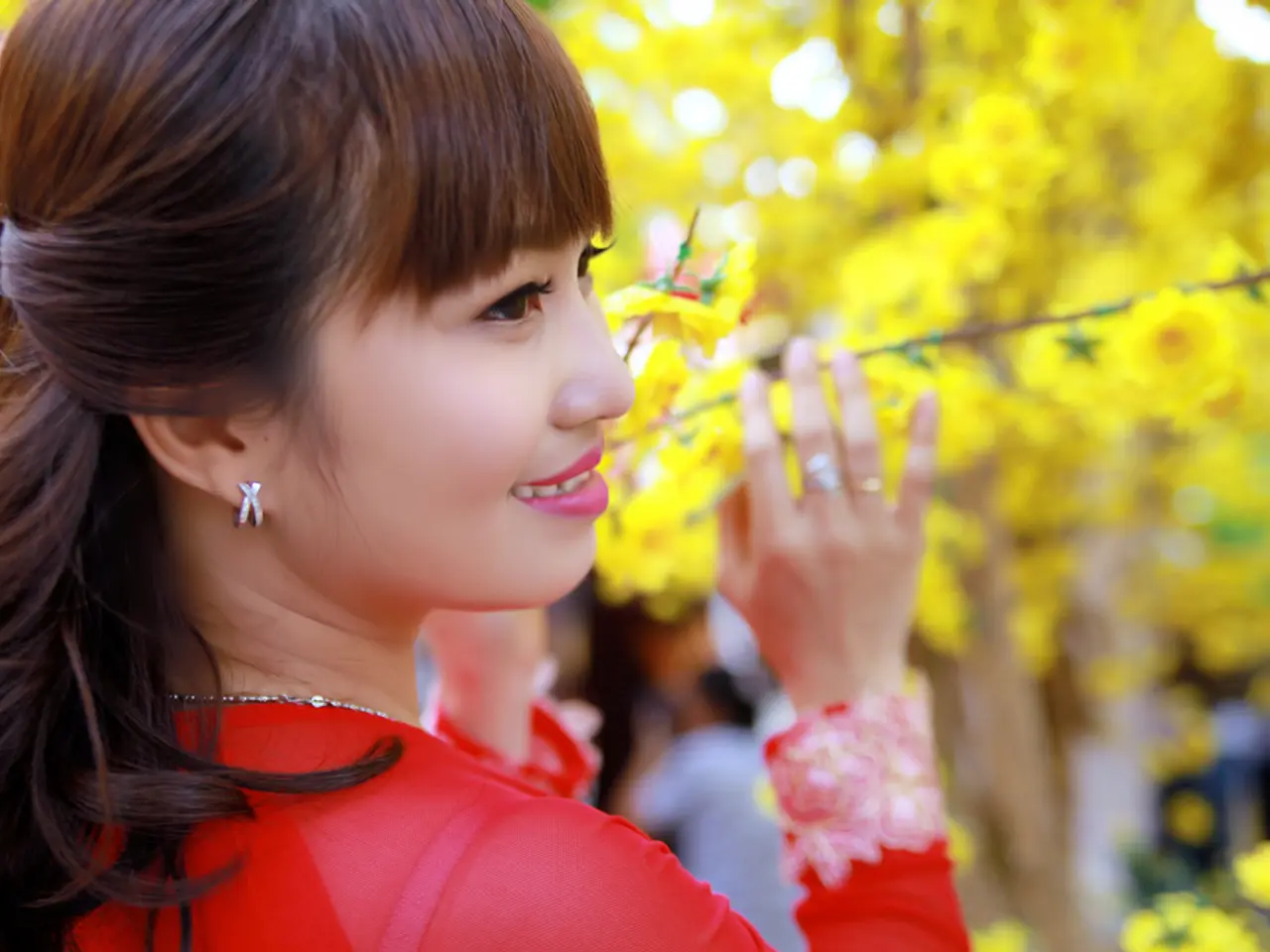Exploring the Role of Cultural Motifs in Asian Television Series
=========================================================================================
In the realm of global entertainment, Asian dramas have taken centre stage, sparking conversations that transcend borders. These captivating series blend traditional values with modern narratives, offering a poignant reflection on the struggle between personal dreams and family responsibilities.
Contemporary Asian dramas, particularly Korean dramas (K-dramas), delve deep into themes such as mental health, identity, generational trauma, and societal pressures. For instance, the 2025 K-drama "Our Unwritten Seoul" portrays the struggles of identical twin sisters, dealing with issues like depression, workplace bullying, and physical injury. It emphasizes family bonds and self-acceptance, addressing mental health and generational trauma sensitively, all while depicting Korean family dynamics grounded in traditional values.
Other contemporary dramas delve into ethical and societal issues like euthanasia and the role of medical professionals. The Korean series "Mary Kills People" showcases a doctor covertly assisting terminally ill patients, highlighting conflicts between societal norms, legal boundaries, and compassion.
Asian dramas often weave in historical or traditional settings or values alongside modern dilemmas. Thai dramas like "I'm the Most Beautiful Count" mix historical eras with contemporary themes such as LGBTQ+ identity and acceptance, reflecting evolving social attitudes while referencing traditional culture. Japanese dramas, too, pose philosophical questions about emotions like love in speculative settings, exploring societal norms through an unconventional lens.
These dramas maintain a balance by realistically portraying modern societal challenges while contextualizing them within frameworks of family, cultural heritage, and social expectations rooted in traditional Asian cultures. This approach enables storytelling that resonates both with current issues and enduring cultural values.
Each Asian drama provides a window into rich cultures, fostering dialogues that transcend borders. They address contemporary issues, including mental health and societal pressures, offering a brave attempt to dismantle taboos within many Asian communities.
Characters in Asian dramas often grapple with challenges brought on by parental expectations or societal norms, making their romantic journeys incredibly relatable. Elements like arranged marriages and pressures to marry within one's social class create rich drama that mirrors our everyday lives, prompting viewers to ponder the essence of love.
Recurring motifs such as filial piety, respect for elders, and family connections serve as powerful reminders of our origins. The evolution of Asian dramas demonstrates a successful portrayal of complex and nuanced themes with respect.
Asian dramas are serving as a source of entertainment while also fostering dialogues about cultural norms and self-acceptance. The exploration of cultural themes in Asian dramas fosters dialogues about self-acceptance, pride in one's heritage, and the changes that come with growth.
Characters in Asian dramas serve as mirrors, reflecting viewers' struggles and helping navigate difficult conversations about mental well-being and societal pressures. Asian dramas are increasingly reflecting the shifting dynamics of society, signaling a move toward inclusivity.
Newer Asian dramas embrace feminist ideals, LGBTQ+ representation, and diverse character arcs. Watching Asian dramas has broadened horizons, prompting reevaluation of cultural norms and narratives. Asian dramas explore themes of identity, especially within the context of globalization, reflecting on the complexities of being Asian in a culturally blended world.
In conclusion, Asian dramas offer a poignant reflection on the balance between personal choices and cultural identity. They captivate audiences with their rich storytelling, fostering empathy and understanding, encouraging viewers to confront not only their realities but also those of others. These dramas have captivated long-time fans and drawn in new viewers hungry for progressive storytelling.
- The media has been abuzz with conversations about Asian dramas, as they delve into the realm of photography, often showcasing captivating visuals that highlight beauty, fashion, and lifestyle.
- Education-and-self-development platforms have recognized the potential of these dramas in promoting dialogue, using them as case studies in courses on event management, discussing how they tackle societal issues and provide insight into cultural events.
- Fashion designers have taken inspiration from Asian dramas, incorporating elements from traditional Asian attire into modern fashion trends, blending the old with the new in a manner reminiscent of the dramas' storytelling style.
- In the contemporary landscape of entertainment, Asian dramas are not just a source of enjoyment, but are also playing a significant role in the discourse of identity, representation, and self-acceptance, aligning with the ideals of both the entertainment and media industries.




